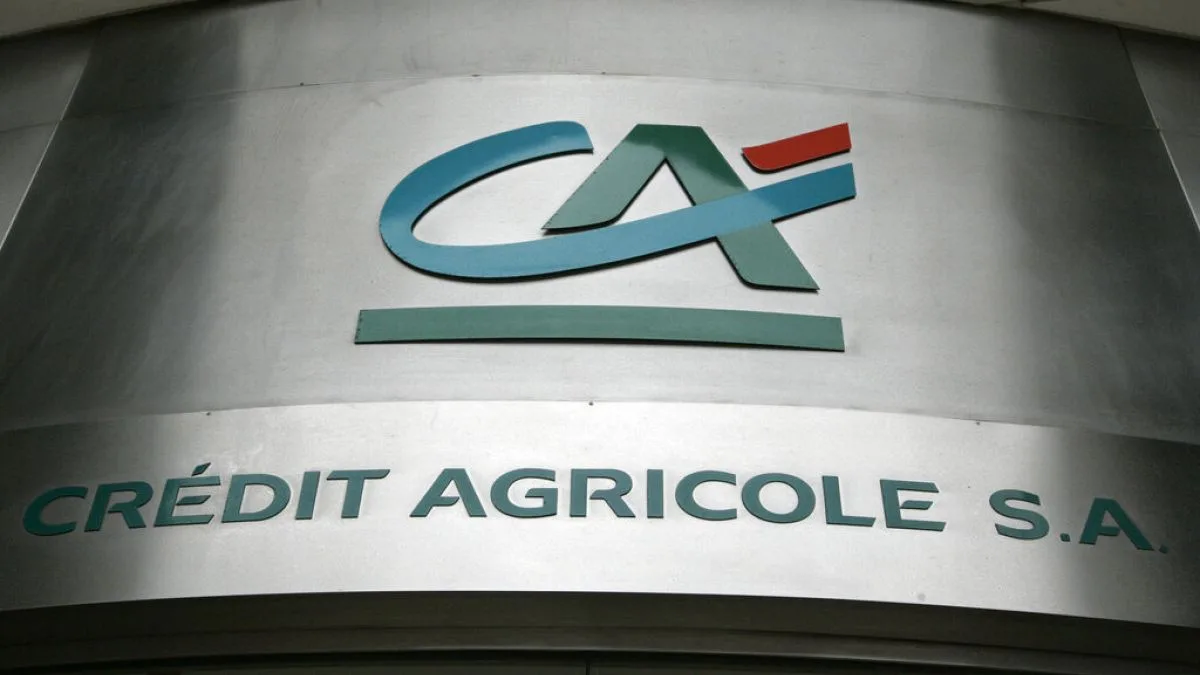The Federal Reserve’s significant interest rate cut could lead to an increased loosening of global liquidity, potentially causing a shift in capital among various asset classes and stock sectors.
Recently, the Federal Reserve made its most substantial rate cut in four years, opting for a bold 0.5% reduction, a move that had been anticipated by several analysts in the financial community.
Amid ongoing debates about the Fed’s forthcoming decisions in its two remaining meetings this year, this decisive step towards easing has far-reaching implications for both European markets and the euro.
Immediate Market Reactions and Future Implications
Following the announcement, Wall Street experienced a downturn on Wednesday, likely reflecting a “sell the fact” reaction as markets had previously priced in such a reduction.
However, signs indicate a resurgence of risk appetite, as equities in the Asia-Pacific region saw upward movement on Thursday, with futures suggesting a positive opening in both the US and European stock markets.
The euro and British pound initially weakened against the US dollar but later rebounded. This was largely due to the European Central Bank (ECB) and Bank of England (BoE) adopting a less dovish stance compared to the Fed.
Eye on the Bank of England’s Decision
Investors are closely monitoring today’s rate decision from the Bank of England, which is expected to keep rates steady at 5%. This contrasts with the new Fed range of 4.75% to 5% following the cut.
The Fed’s rate cut signifies a pivotal moment for global markets, as a reduced interest rate environment typically fosters greater liquidity, diminishing the pressure on other central banks to uphold higher rates.
The ECB is likely considering its own rate cuts; however, the key question remains: how aggressively and swiftly will they implement them for the remainder of the year?
If the ECB adopts a slower pace for rate cuts compared to the Fed, further downward pressure on the euro against the US dollar could ensue.
Conversely, the US dollar’s ongoing weakness may bolster commodity prices, offering a potential boost to currencies tied to commodities, such as the Australian, Canadian, and New Zealand dollars.
As for asset classes, cash may lose its appeal due to lower yields generated by banknotes.
Sector Benefits from Lower Rates
In this environment, “hot money” flows are likely to return to the markets, moving into equities, commodities, bonds, and real estate.
Particularly, stock sectors facing high debt levels, including small-cap companies, utilities, and real estate, are poised to capitalize on lower interest rates.
This shift may prompt investment funds to redirect focus from large-cap stocks to smaller firms in search of enhanced returns. Evidence of this trend is already present in 2023’s performance on Wall Street and is likewise emerging in Europe. Consequently, the Euro Stoxx Small 200 index could start outpacing that of the Euro Stoxx 50.
Furthermore, commodities, particularly growth-sensitive industrial metals and energy resources such as crude oil and copper, are expected to exhibit notable activity. The recent sluggish performance of mining and energy stocks in Europe might present an opportune moment for recovery.
Reasons Behind the Federal Reserve’s Aggressive Rate Cut
The Federal Reserve’s recent decision to implement a significant rate cut indicates that it may have maintained rates at elevated levels for too long, lagging behind many other central banks.
The urgency to promptly lower interest rates is underscored by the need to avert further declines in the US labor market.
Recent data reveals a rise in unemployment trends, which poses a risk to consumer spending and overall economic growth. The Fed has adjusted its median unemployment rate forecast to 4.4% by year’s end, up from an earlier estimate of 4%.
In the aftermath of its latest meeting, the Fed emphasized that the risks to employment and inflation are relatively balanced, reinforcing its commitment to fostering maximum employment.
However, this sizable rate cut was not primarily a reaction to intensifying risks of economic recession. Recent economic indicators suggest that a soft landing remains a viable outcome.
Federal Reserve Chair Jerome Powell remarked, “I don’t see anything in the economy right now that suggests the likelihood of a downturn is elevated.”
This aggressive “front-loading” approach to initiating the easing cycle is not intended to dictate the pace of future decisions, which will be determined on a “meeting-by-meeting” basis. According to the Fed’s Dot Plot, which outlines decision-makers’ projections for future interest rates, an additional 0.5% cut is anticipated in 2024, with a full percentage point cut by 2025.
Photo credit & article inspired by: Euronews



